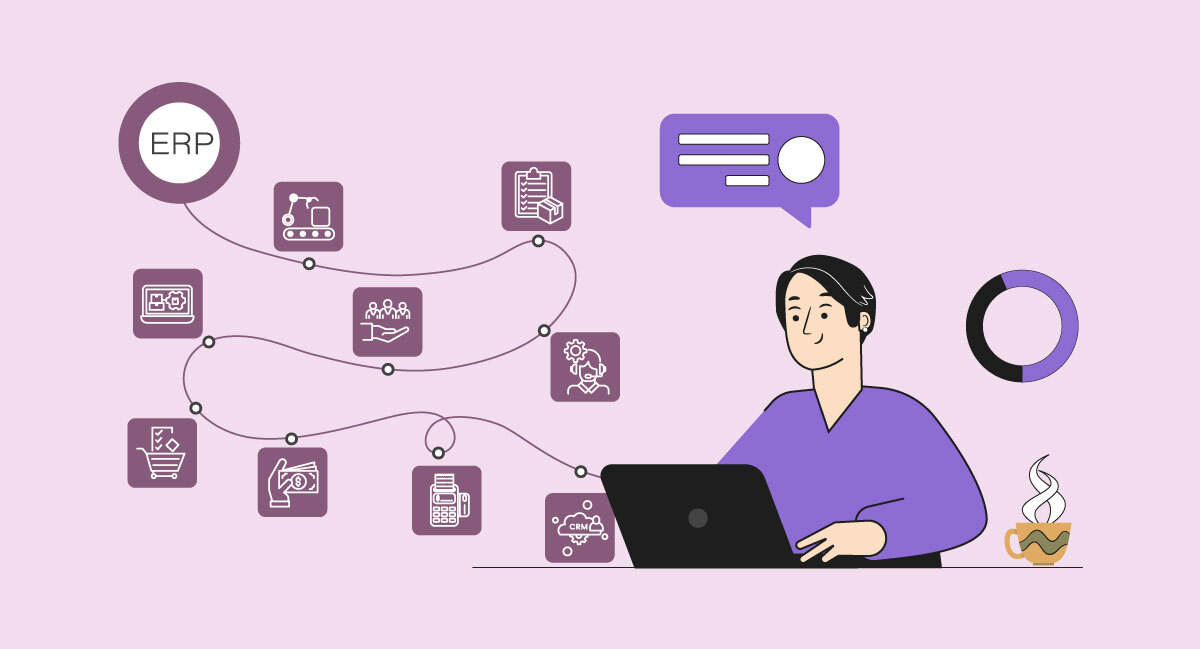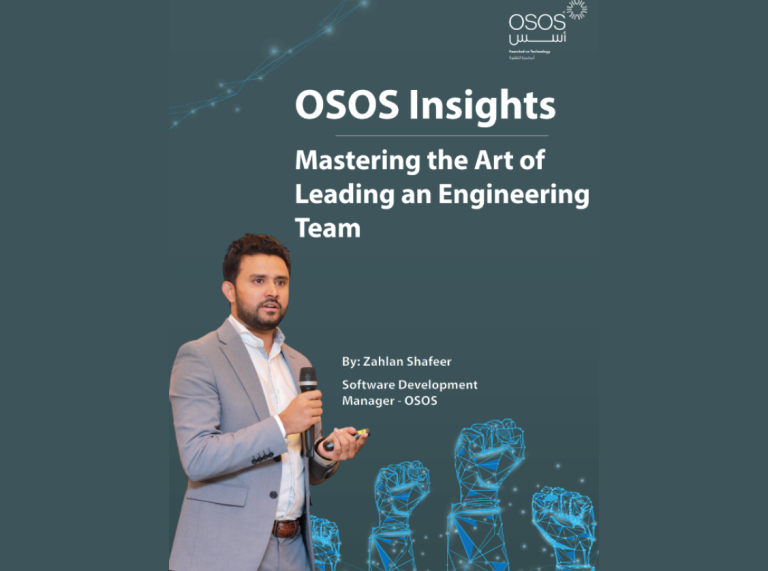Top Pain Points Using an ERP System
In the modern world, all businesses rely on some form of technology to operate, whether they are startups or large corporations. When it comes to business applications, it has become increasingly vital for every company to effectively oversee and optimize their day-to-day operations, financial management, and various other essential tasks. As businesses expand, they businesses often adopt ERP systems to streamline their operations, but these systems can introduce their own set of challenges.
As companies expand, they often start with simple and cost-effective business systems for managing their accounting and financial processes. These systems typically streamline payroll, integrate reports, and reduce reliance on paper-based methods. However, as businesses grow in scale and complexity, these entry-level systems may become inadequate to meet their needs.
In this blog article, we will address some of the top pain points that businesses encounter. We’ll explore how a modern, intuitive, and innovative OSOS business application system, developed to meet the crucial needs for business growth in any organization, can be beneficial for you.
Top Pain Points of using a standard ERP system
1. Hidden or Unpredictable Costs
One of the most frustrating issues businesses face with standard ERP systems is hidden or unpredictable costs. While the initial licensing fees may seem straightforward, additional expenses often arise. These can include costs for customization, additional modules, maintenance, support, and training. Over time, these unexpected costs can accumulate, significantly increasing the total cost of ownership and straining the company’s budget. Without proper forecasting and budgeting, businesses may find themselves overextended financially.
However, that’s not all. While there are many affordable standard business application systems available, their limited capabilities often compel businesses to spend more on adding third-party applications and developing custom integrations to meet their operational requirements. This not only becomes costlier but also adds a significant burden.
OSOS provides a transparent pricing model with no hidden costs. All necessary features, support, and upgrades are included in the pricing, ensuring that businesses can budget accurately and avoid unexpected expenses. This clarity helps businesses manage their finances more effectively and ensures a higher return on investment.
2. Longer Implementation Time
ERP implementations are notorious for taking longer than expected. Standard ERP systems often come with a complex setup process that requires extensive customization to fit the specific needs of a business. This customization, along with data migration, testing, and training, can extend the implementation timeline far beyond initial estimates. The prolonged implementation period can disrupt daily operations, delay the realization of benefits, and increase costs, leading to frustration and decreased morale among employees.
OSOS has numerous successful customer stories where the implementation was completed on time, as per the customer’s request. Our experienced implementation team follows a streamlined process that includes detailed planning, customization, data migration, and training, ensuring that the system is up and running in a fraction of the time it takes for standard ERP systems. This rapid implementation minimizes disruptions to daily operations and allows businesses to start reaping the benefits sooner.
3. Complexity and User Adoption
Standard ERP systems are often designed with a broad range of features to cater to various industries and business sizes. This feature-rich nature can make the system overly complex and challenging for users to navigate. Employees may struggle to learn and effectively use the system, leading to low user adoption rates. Without adequate training and support, the complexity of the system can result in errors, inefficiencies, and frustration, ultimately negating the benefits of the ERP implementation.
OSOS ERP stands out with its user-friendly interface and intuitive design, ensuring that employees can quickly learn and effectively use the system. The platform offers easy navigation and an intuitive user interface that allows users to access the information they need without extensive training. This focus on usability ensures high user adoption rates and maximizes the benefits of the ERP system.
4. Disconnected Systems and Data
Many standard ERP systems don’t provide a centralized database and often require integration with additional applications resulting in disconnected systems and fragmented data. Businesses often rely on multiple software solutions for different functions, such as accounting, inventory management, and customer relationship management. Without proper integration, these systems operate in silos, making it difficult to access a unified view of the business. This disconnection can lead to data inconsistencies, duplication of efforts, and hindered decision-making processes.
OSOS business applications come with a centralized database which offers a fully integrated system that connects various business functions. This eliminates working in silos and allows all the departments to access real-time data all the time.
5. Poor Productivity
The primary goal of implementing an ERP system is to enhance productivity by automating and streamlining business processes. However, the complexity and inefficiencies of standard ERP systems can lead to the opposite effect. Users may spend excessive time navigating the system, entering data, and troubleshooting issues, reducing overall productivity. Moreover, the lack of real-time data and cumbersome workflows can slow down critical business operations, further impacting productivity and efficiency.
OSOS ERP is designed to enhance productivity by providing an intuitive and efficient user experience. The system reduces manual data entry, and offers real-time data access, enabling employees to focus on higher-value activities. The mobile accessibility feature allows users to manage their tasks on the go, ensuring that business operations remain seamless and efficient.
6. Poor Support and Upgrades
Support and upgrades are critical components of maintaining an effective ERP system. However, many standard ERP systems offer inadequate customer support and infrequent updates. Poor support can leave businesses struggling to resolve issues, resulting in prolonged downtime and frustration. Additionally, infrequent upgrades can leave the system outdated, vulnerable to security risks, and lacking essential features that could improve functionality and performance. Without reliable support and regular updates, businesses may find it challenging to keep their ERP system running smoothly and efficiently.
OSOS excels in providing exceptional customer service, offering comprehensive training, onboarding programs and continuous support. Our dedicated support team is available to assist with any issues or questions, ensuring that your business experiences minimal disruptions. We also offer regular updates to keep the system secure, up-to-date, and equipped with the latest features and improvements.








One Comment
Comments are closed.